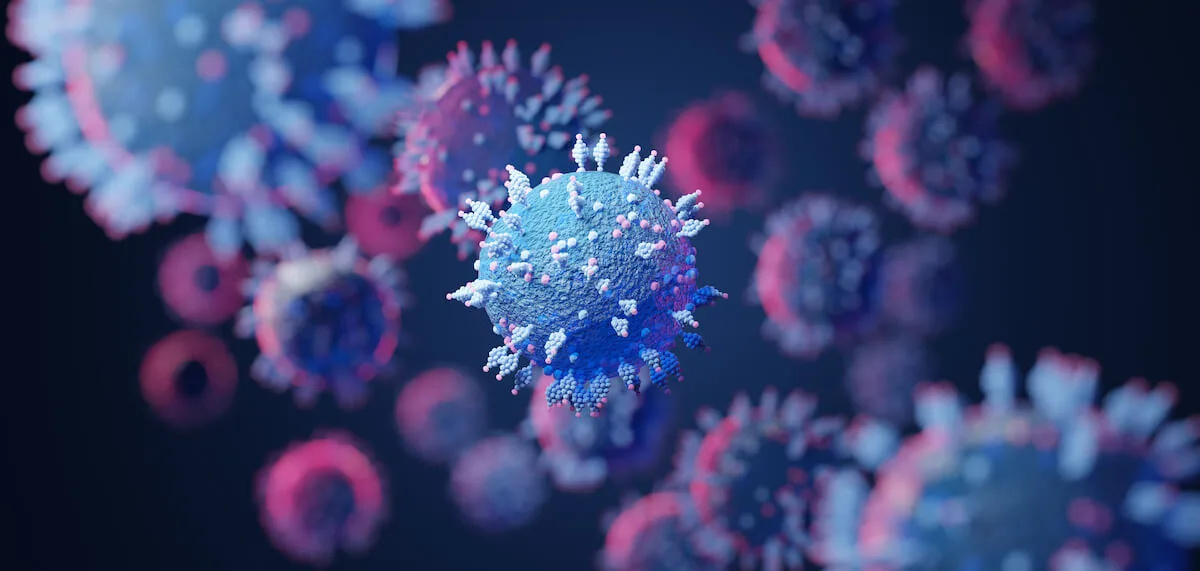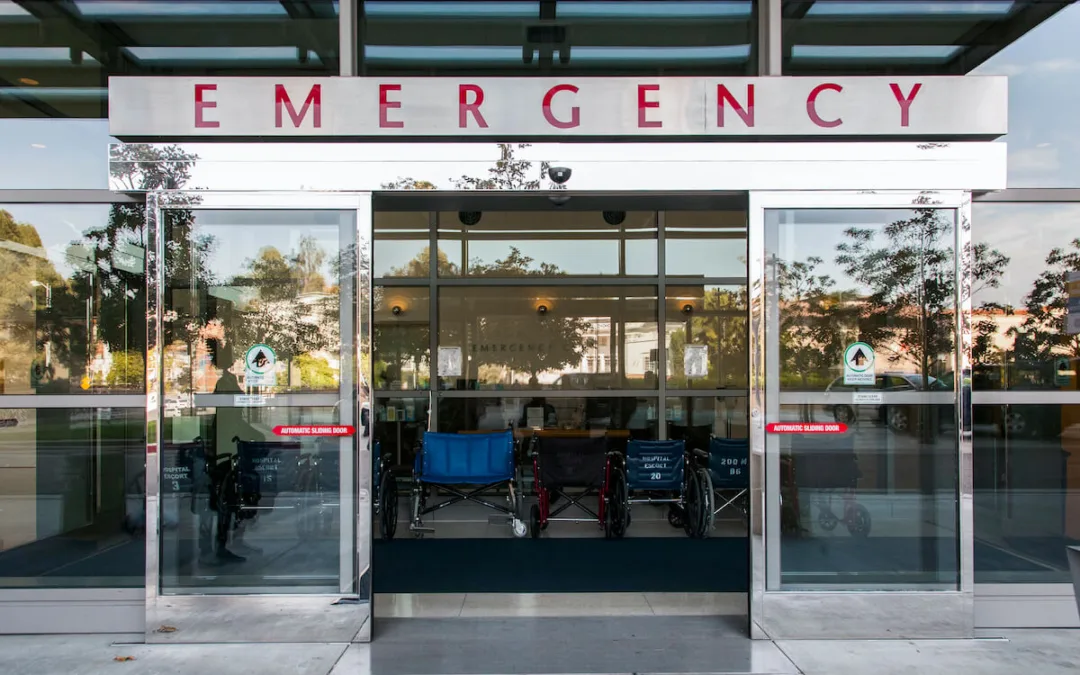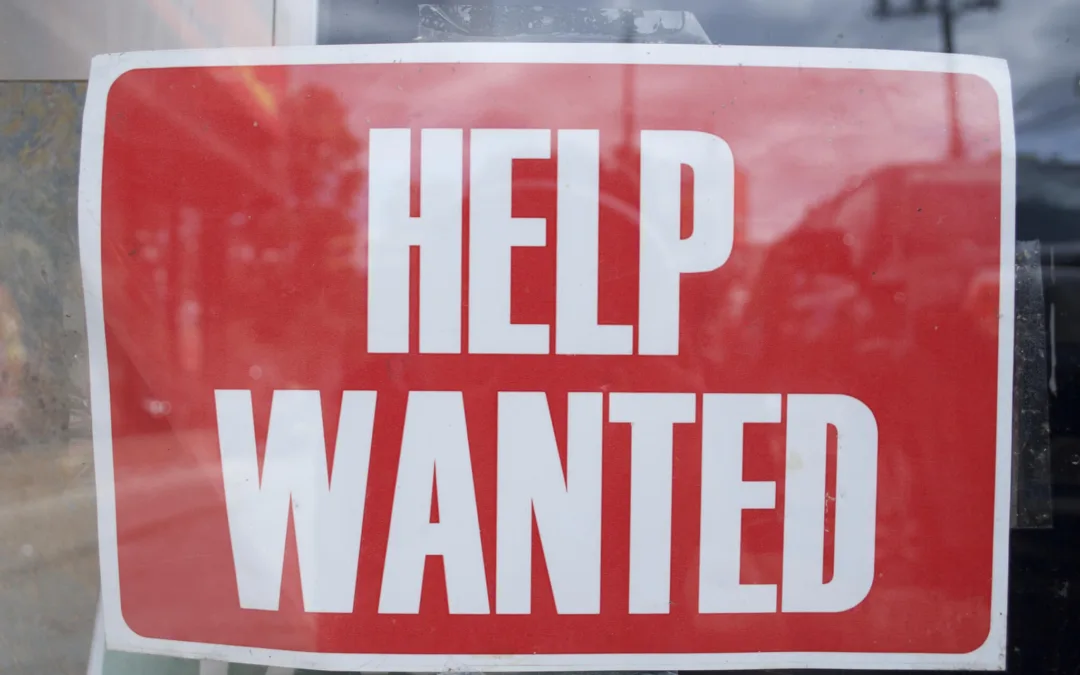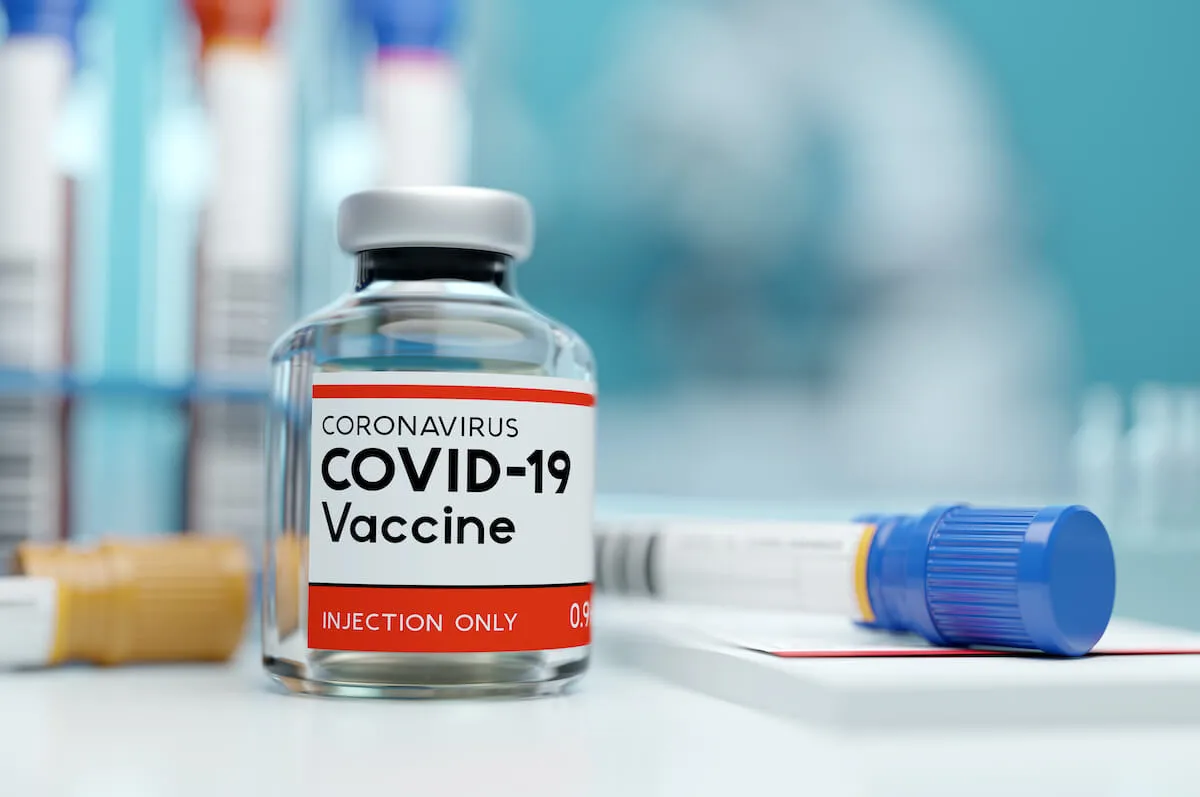
#image_title
#image_title
But health officials warn the rollout will take some time and things won’t be back to normal until late 2021.
A lot of promising news has come out recently regarding potential COVID-19 vaccines and Wisconsin health officials believe the first round could be distributed as soon as the end of this year. But, they caution that life will probably not return to normal until late 2021, at the earliest.
Department of Health Services Deputy Secretary Julie Willems Van Dijk and Stephanie Schauer, Program Manager of the Division of Public Health Immunization said they anticipate that Pfizer and Moderna will submit applications to the Food and Drug Administration for emergency use authorizations, which would prioritize the review and potential approval and distribution. Based on those manufacturers’ best case scenarios, the first round of the vaccine could be available by the end of the year.
But Van Dijk warned that getting those vaccines out and into the arms of enough Wisconsinites is going to take some time.
“To be candid, this COVID vaccination and dissemination plan is more complicated than anticipated,” Van Dijk said.
One complication is that Pfizer’s vaccine needs to be kept in a deep freeze—minus 80 degrees Celsius, or minus 112 degrees Fahrenheit—or else the clock starts ticking for when it will no longer be effective. Schauer said at this point Pfizer believes the vaccine could be effective for up to 15 days using normal refrigeration, but it still creates a logistical challenge.
“First of all, we are finding out where the freezers are,” Van Dijk said.
The Moderna vaccine does not require that level of cold storage but both vaccines require two doses to take full effect. In the interim between the first and second dose, the patient is still susceptible to the virus.
Schauer said Wisconsin’s immunization registry is being updated to include the COVID-19 vaccines so people can look up when they’re due for their second dose.
Another issue could be funding, and not just in Wisconsin. The vaccine itself will be provided free-of-charge but Van Dijk said the distribution is going to cost much more than the $3.1 million the federal government provided so far.
The process
Schauer said she did not know the exact number of doses Wisconsin would receive from the first batch but based purely on population, it would only be 1.77% of whatever is made available nationwide.
First priority for immunization will be healthcare workers including those who work in long-term care facilities. Van Dijk said that phase alone will require hundreds of thousands of doses of the vaccine.
The next priority will be essential workers and then high-risk patients, including long-term care patients. Van Dijk said health care providers “may very well be putting plans in place, looking at patient profiles,” to determine which patients would qualify as high-risk.
Once vaccine distribution starts, Schauer said, “there will be many different ways of ensuring people know when it is their time to receive a vaccine,” including press conferences such as the one on Tuesday and updates on DHS’ website.
But her department is also concerned that, based on nationwide surveys, a sizable amount of the population does not trust a potential vaccine.
One reason for mistrust of the vaccine, according to surveys, is concerns over the fast-tracking of the process and how that could affect safety. Van Dijk stressed that the FDA scientists will be reviewing the data independently before approval and it will continue to be monitored as it is distributed.
Van Dijk emphasized that widespread distribution of the vaccine, even under best-case conditions, probably won’t happen until late 2021. She stressed that people need to continue doing everything they can to mitigate the spread of COVID-19, such as handwashing, social distancing, and wearing masks.
“We all want to get back to our normal lives, but we want to do it in a way that is safe,” she said. “Understand that it is a process.”
Politics
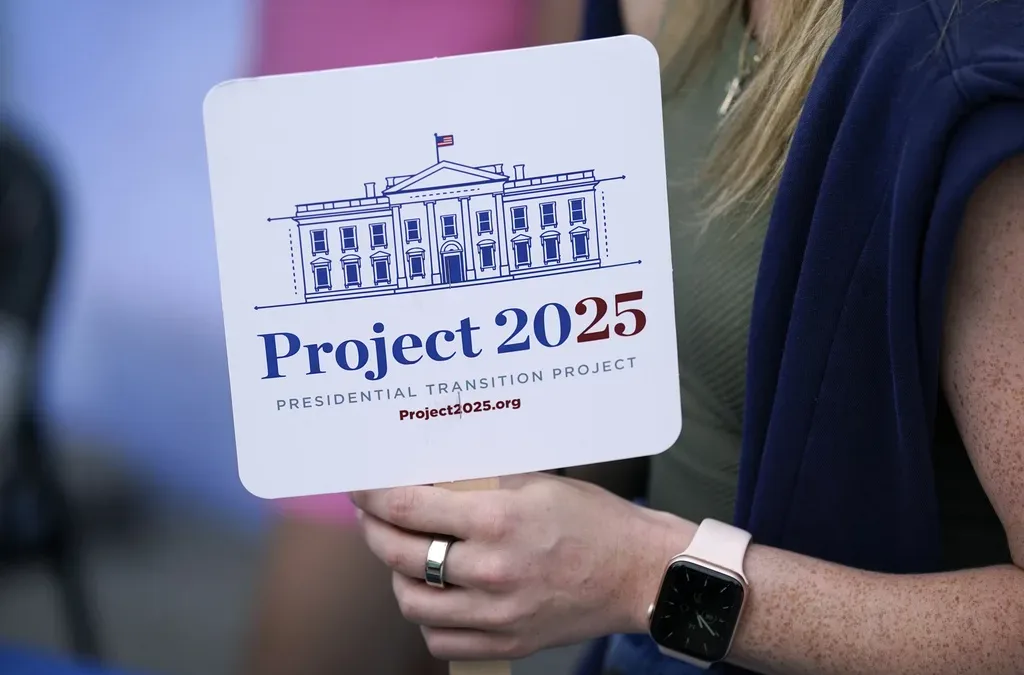
6 terrifying things that could happen if the Comstock Act is used to target abortion
Does 1873 sound like a really, really long time ago? Well, that’s because it is—but if Republicans and far-right anti-abortion activists have their...
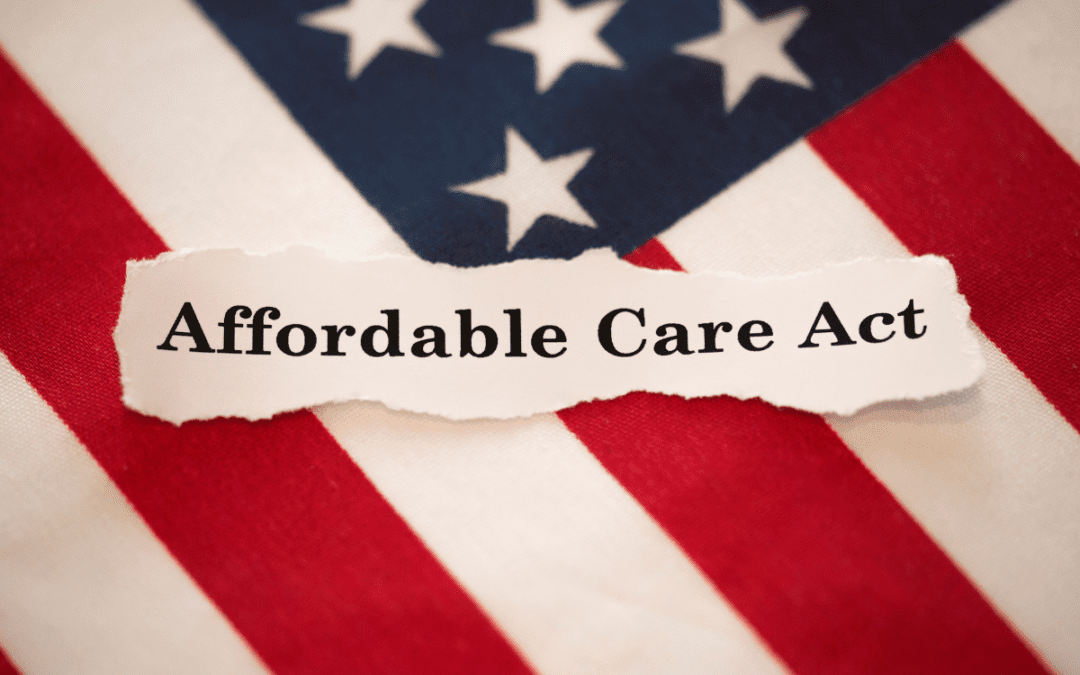
Opinion: Many reasons why young adults should refuse to let Republicans kill the Affordable Care Act
In this op-ed, University of Wisconsin Medical School student, Samantha Crowley, shares the importance of young adults protecting the Affordable...
Local News

Stop and smell these native Wisconsin flowers this Earth Day
Spring has sprung — and here in Wisconsin, the signs are everywhere! From warmer weather and longer days to birds returning to your backyard trees....

Your guide to the 2024 Blue Ox Music Festival in Eau Claire
Eau Claire and art go hand in hand. The city is home to a multitude of sculptures, murals, and music events — including several annual showcases,...


